Troubleshooting Common Issues with Powder Weigh Filling Machines
Powder weigh filling machines are automated systems designed to accurately and efficiently fill containers with powdery materials. While these machines offer precise and reliable performance, they can occasionally encounter technical difficulties. Resolving these issues promptly ensures optimal machine operation and minimizes downtime. This article delves into the troubleshooting process for common problems associated with powder weigh filling machines.
Inconsistent Filling Weight
Faulty Load Cell: The load cell is responsible for measuring the weight of the powder being filled. A malfunctioning load cell can result in inaccurate weight readings. Calibrate or replace the load cell as per manufacturer’s instructions.
Incorrect Calibration: Ensure that the machine is correctly calibrated for the specific powder and target fill weight. Recalibrate the machine following the manufacturer’s specifications.
Debris Buildup: Powder accumulation on the weigh hopper or load cell can interfere with accurate weight measurement. Regularly clean the weighing mechanism to prevent debris buildup.
Mechanical Issues
Jams and Obstructions: Powder flow through the machine can be obstructed by clogs or jams. Inspect the filling head, auger, and other components for any blockages. Clear any obstructions and ensure smooth powder flow.
Loose or Worn Parts: Vibrations and mechanical stresses over time can loosen or wear out components. Check for loose screws, broken belts, or worn gears. Replace or tighten any faulty components.
Air Leaks: Air leaks in the vacuum system or sealing mechanism can cause underfilling or spillage. Inspect the gaskets, seals, and vacuum lines for leaks. Repair or replace any defective components.
Electrical Faults
Power Supply Issues: Ensure that the machine is receiving the correct voltage and frequency. Check for loose connections or blown fuses. Correct any power supply problems.
Electrical Component Failures: Malfunctions in electrical components, such as sensors, control boards, or motors, can disrupt machine operation. Diagnose the faulty component and replace it accordingly.
Software Errors: Software glitches can lead to incorrect settings or operational errors. Update the software to the latest version and check for any pending software issues.
Environmental Factors
Humidity and Temperature: Extreme humidity or temperature can affect the performance of the machine. Ensure that the operating environment meets the specified temperature and humidity requirements.
Dust and Vibration: Excessive dust or vibrations can interfere with the machine’s operation. Install vibration isolators and provide adequate dust protection to minimize environmental impacts.
Other Considerations
Operator Error: Human error is a frequent cause of filling issues. Ensure that operators are adequately trained and follow the operating instructions carefully.
Product Characteristics: Differences in powder properties, such as density, particle size, or flowability, can affect the filling process. Adjust machine settings accordingly to accommodate product variations.
Regular Maintenance: Regular preventive maintenance can help prevent many common issues. Adhere to manufacturer’s maintenance schedules to ensure optimal machine performance.
-
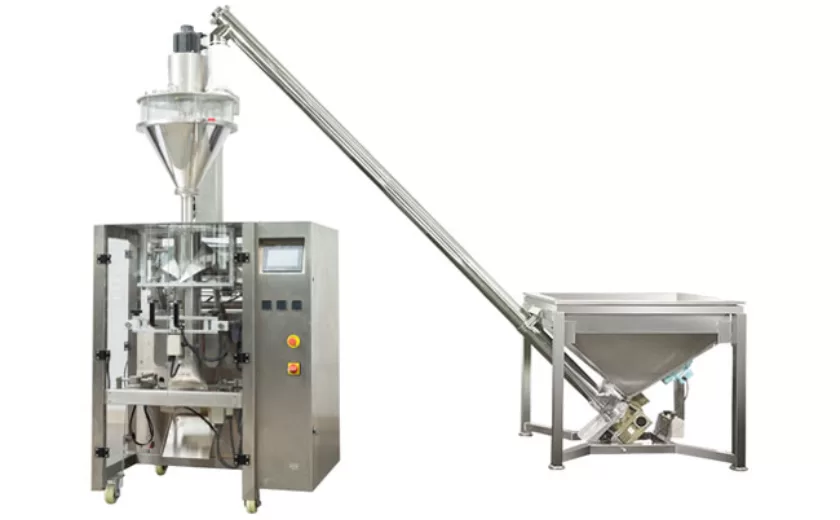
Precision Filling with Auger Type Powder Filling Machines
25-07-2025 -
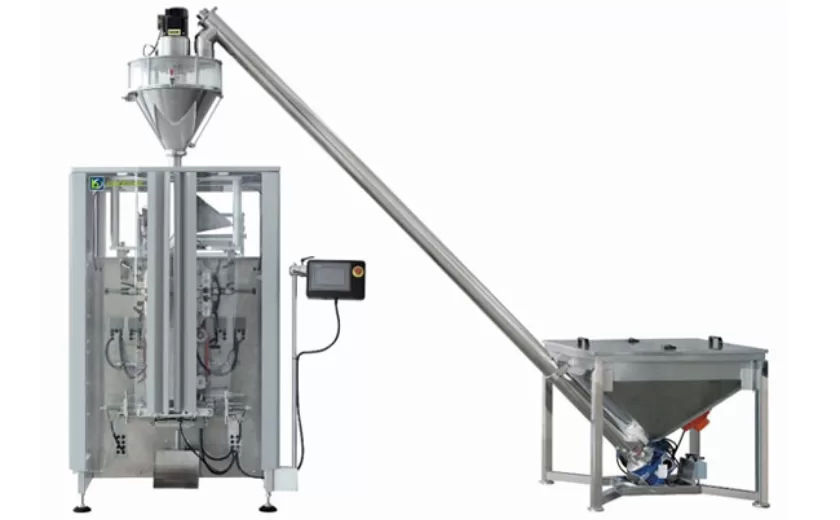
Versatile Auger Packing Machines for Precision Powder Filling
25-07-2025 -
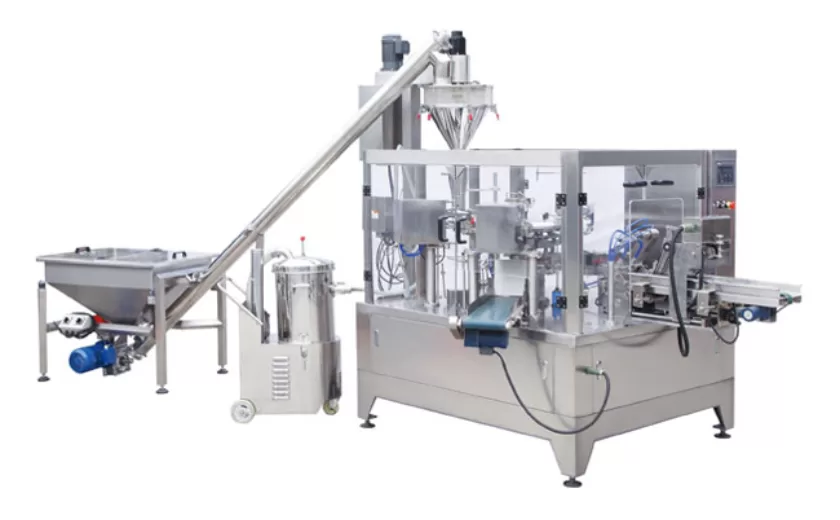
High-Precision Auger Filling Machines for Efficient Powder Packaging
25-07-2025 -
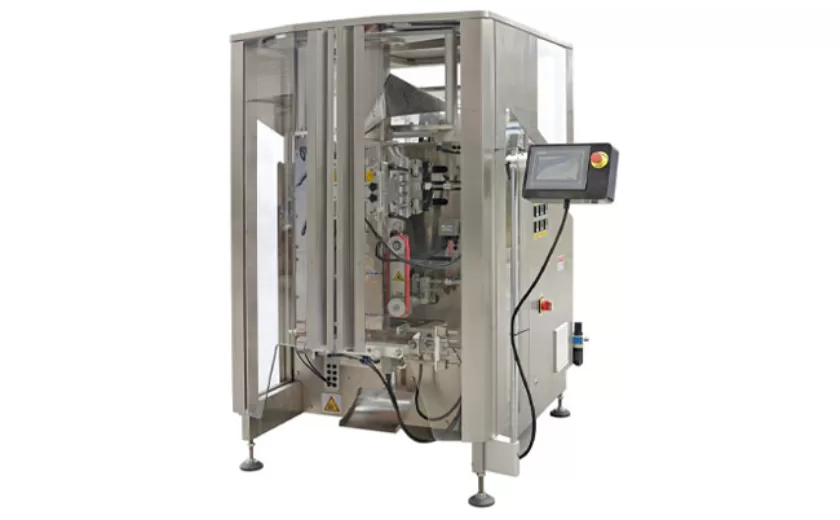
Versatile Vertical Form Seal Machines for Efficient Packaging
20-07-2025 -
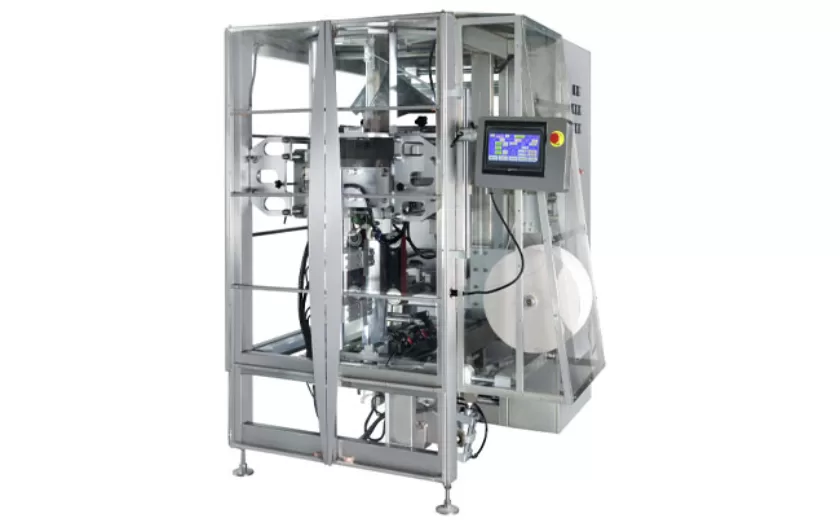
Advanced Vertical Wrapping Machines for Streamlined Packaging
20-07-2025 -
Versatile and Efficient Small Vertical Form Fill Seal Machines for Modern Packaging Needs
20-07-2025 -

Reliable Solutions for Liquid Filling and Packing in Modern Production
11-07-2025 -

Precision and Efficiency with Liquid Packaging Machines
11-07-2025 -

Efficient Solutions with Granule Packaging Machines for Modern Industries
11-07-2025 -

Reliable Solutions with Auger Type Powder Filling Machines
05-07-2025





